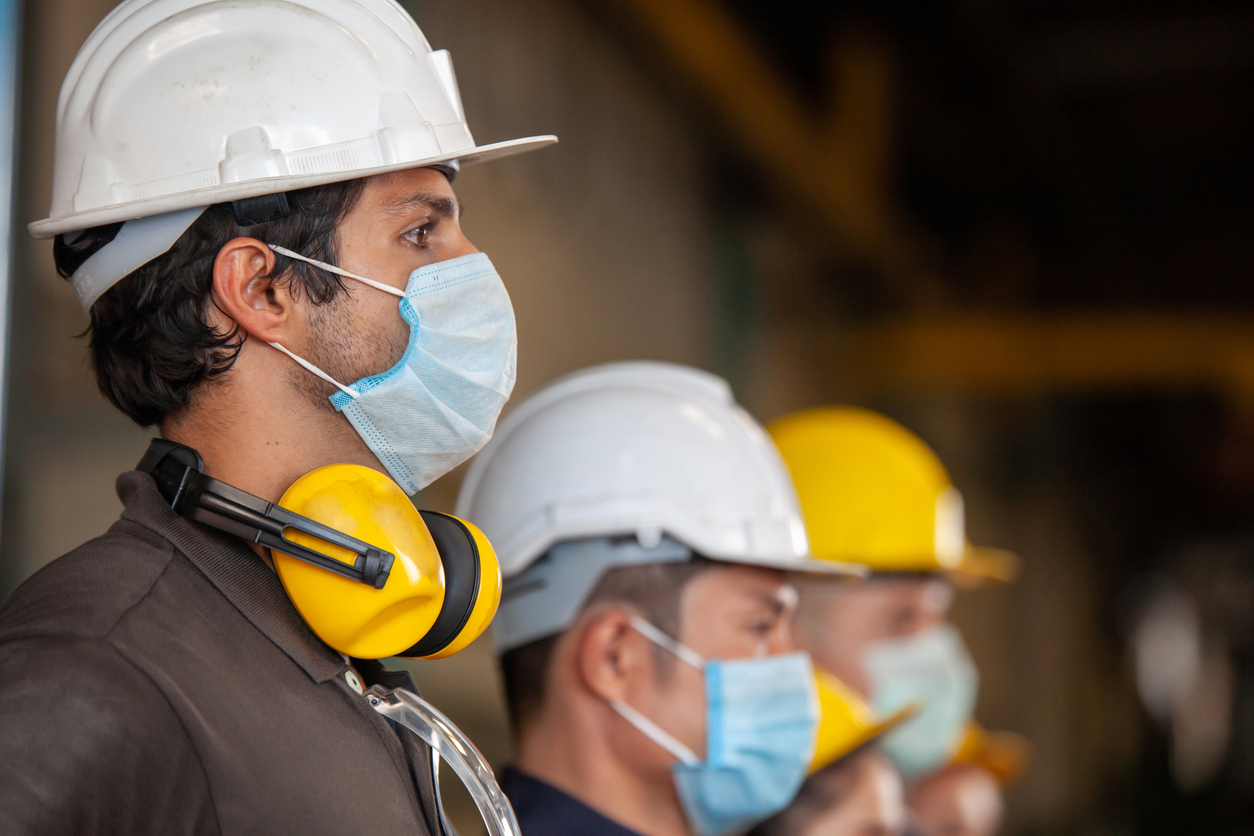 Offsite building
Offsite building The COVID-19 pandemic has already begun to affect the construction industry. Projects have been put on hold or delayed. Other projects, like the much-anticipated Sidewalk Labs development in Toronto, have been cancelled and surveys show homeowners are rethinking their remodelling projects. The long-term consequences of the pandemic are less obvious.
Will it be business as usual when isolation is over or will designers and builders have to change their modus operandi? Could social distancing requirements change the way designers tackle urban density? Some are seeing this as an opportunity to overhaul outdated building techniques in an industry that’s traditionally reticent to change.
Predicting future trends has been the job of professionals at the LafargeHolcim Foundation for Sustainable Construction since 2003. This international collection of innovators in the construction industry are keeping a careful eye on how the pandemic is shaping architecture and construction.
“I am very concerned that we may be moving not towards consolidation but dispersion,” says Enrique Norten, founder of TEN Arquitectos. “That would suck all the energy and vitality out of our cities,” says Norten. As those who can afford to move to the suburbs opt for longer commutes, many inner-city buildings could become obsolete.
“Built space we considered essential has become redundant overnight,” says engineer Stuart Smith from Arup Germany. “We mustn’t rush to demolish old buildings just to replace them with something new.”
Florian Heinzelmann, from SHAU architects in Indonesia, suggests that we become more flexible with the spaces we already have; “As architects, we need to stay flexible and think about how to deal with potential future scenarios. We have to further examine urban density and the role of public space.”
For people who live and work in urban areas, social distancing presents unique challenges. City life is already isolating in terms of human connection, so how to keep people connected will become even more of a challenge. “How do we rebuild the sense of commonness in cities that are already fragmented and segregated?” asks Brazilian architect Eduardo Pizarro.
One way to bridge the gap is through the internet. Distance learning, home offices and video conferences can work to some degree. Professor of Sustainable Construction Technologies at the EPFL Lausanne in Switzerland, Marilyne Andersen warns that we still need connection and human contact; “Humans need to be together,” she says. “Although we can work productively despite being further apart, creativity, spontaneity and the resulting innovation require people to work together physically.”
One thing the pandemic does highlight is the need for adequate infrastructure. For those countries where adequate drinking water, sanitation systems and hospitals have been under-funded, the pandemic has far more dire consequences. Architect Brinda Somaya, founder of Somaya & Kalappa Consultants in India, shares her hope that governments will work to improve these facilities to reduce the impact of pandemics in the future: “My personal hope would be the improvement of health infrastructure. Society must be viewed as a collective whole and not as a mass of individuals.” Fellow Indian architect Avneesh Tiwari agrees: “The authorities must now give priority to the inclusion of informal settlements. It’s high time for investment and innovation, because in overpopulated slum communities, for example, social distancing simply doesn’t work.”
Some, like Maria Atkinson, cofounder of the Green Building Council of Australia, see the pandemic as an opportunity for change in the industry. By adopting more sustainable building practices, the construction industry will be more resilient to disasters in the future. “The Covid-19 pandemic is a historic moment to pause and reassess certain things that were once taken for granted,” she says. “We need courage and creativity to achieve innovation and to work towards the transformation to a sustainable economy.”


